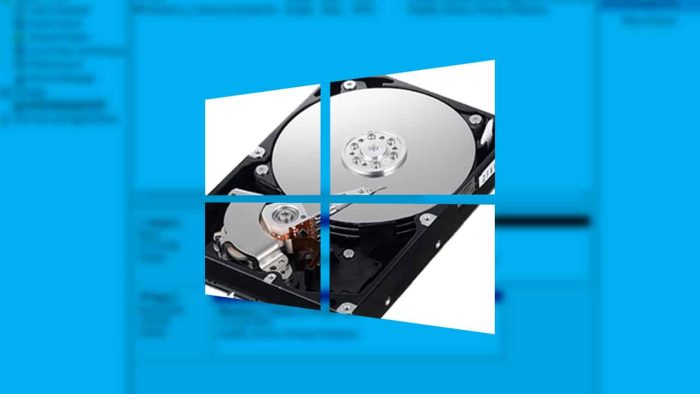Microsoft is removing Windows 10 Pro support for next gen file system, ReFS
2 min. read
Published on
Read our disclosure page to find out how can you help Windows Report sustain the editorial team Read more

If the upcoming Fall Creators Update will bring a lot of new improvements to Windows 10 PC, several features will also be removed or deprecated with this new release. And after the recent confusion around Microsoft Paint made a lot of headlines, it has been recently reported that Windows 10 Pro will also lose the ability to create new volumes using Microsoft’s Resilient File System (via Ars Technica) .
ReFS creation ability will be available in the following editions only: Windows 10 Enterprise and Windows 10 Pro for Workstations pic.twitter.com/9oKhTpZ7YQ
— Tero Alhonen (@teroalhonen) August 21, 2017
The removal was first spotted by Twitter user Tero Alhonen, who saw it in a recently added note on a support page for the Fall Creators Update. Starting with the Fall Creators Update, only PCs running Windows 10 Enterprise or the recently announced Windows 10 Pro for Workstations will be able to create new ReFS volumes, but all other editions including Windows 10 Pro will still have Read and Write ability. In other words, if you already created a ReFS volume on your Windows 10 Pro PC, you will still be able to use it after updating to the Fall Creators Update.
For those unfamiliar, ReFS is a modern file system designed to be resilient to data corruption for PCs handling large data volumes. ReFS is not a real alternative to NTFS (ReFS volumes are not bootable), but it’s essentially a more efficient file system for power users. By limiting the creation of ReFS volumes to Windows 10 Pro for Workstations, Microsoft may encourage advanced users to upgrade to the new Windows 10 SKU when it becomes available later this Fall. However, the decision may be disappointing for those of you who think that there is no point to remove this feature on the “Pro” version of Windows 10.
In addition to full ReFS capabilities, the upcoming Windows 10 Pro for Workstation will also bring persistent memory, faster file sharing and expanded hardware support. Microsoft has yet to announce pricing details, but we should learn more ahead of the release of the Fall Creators Update.








